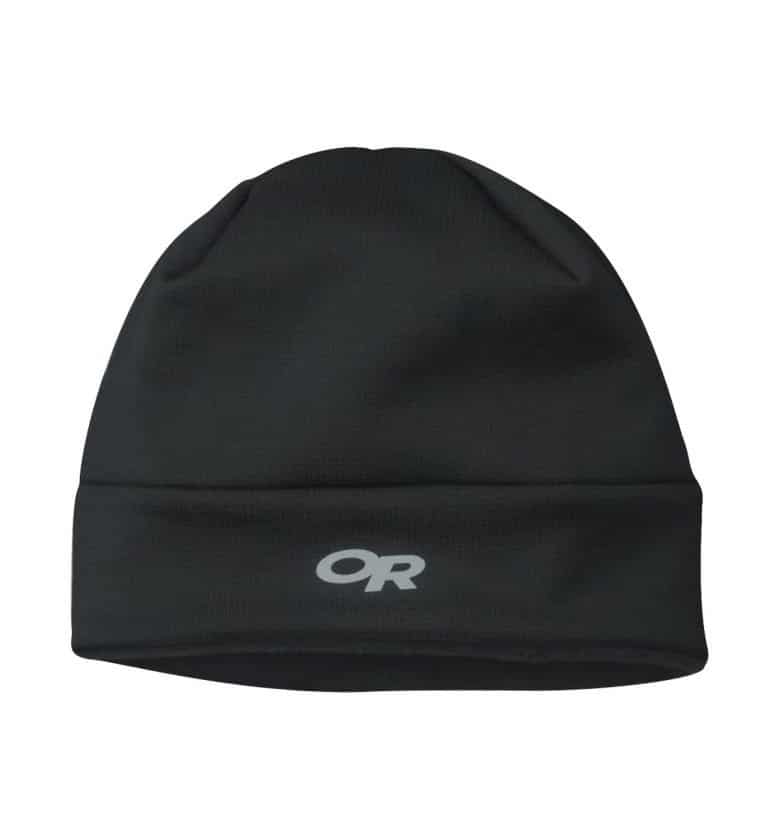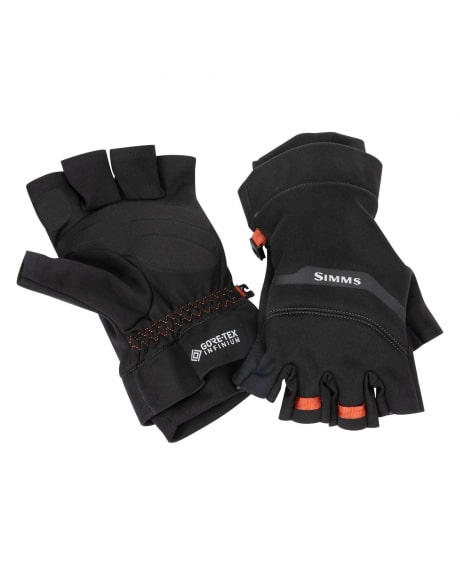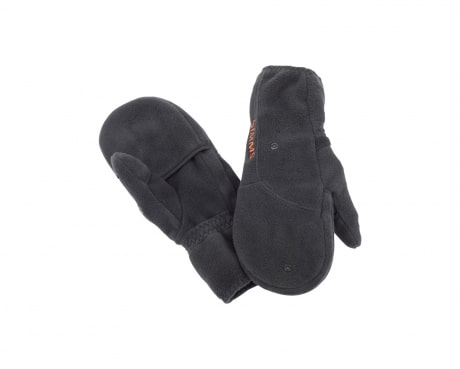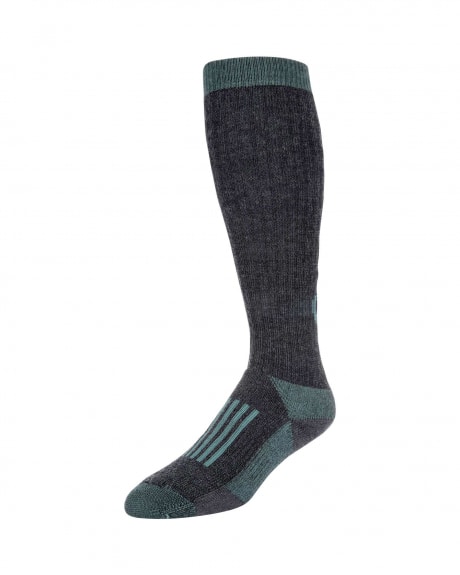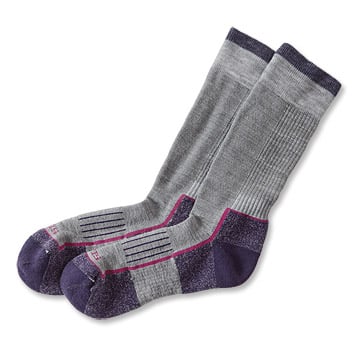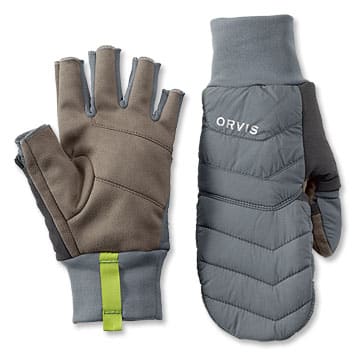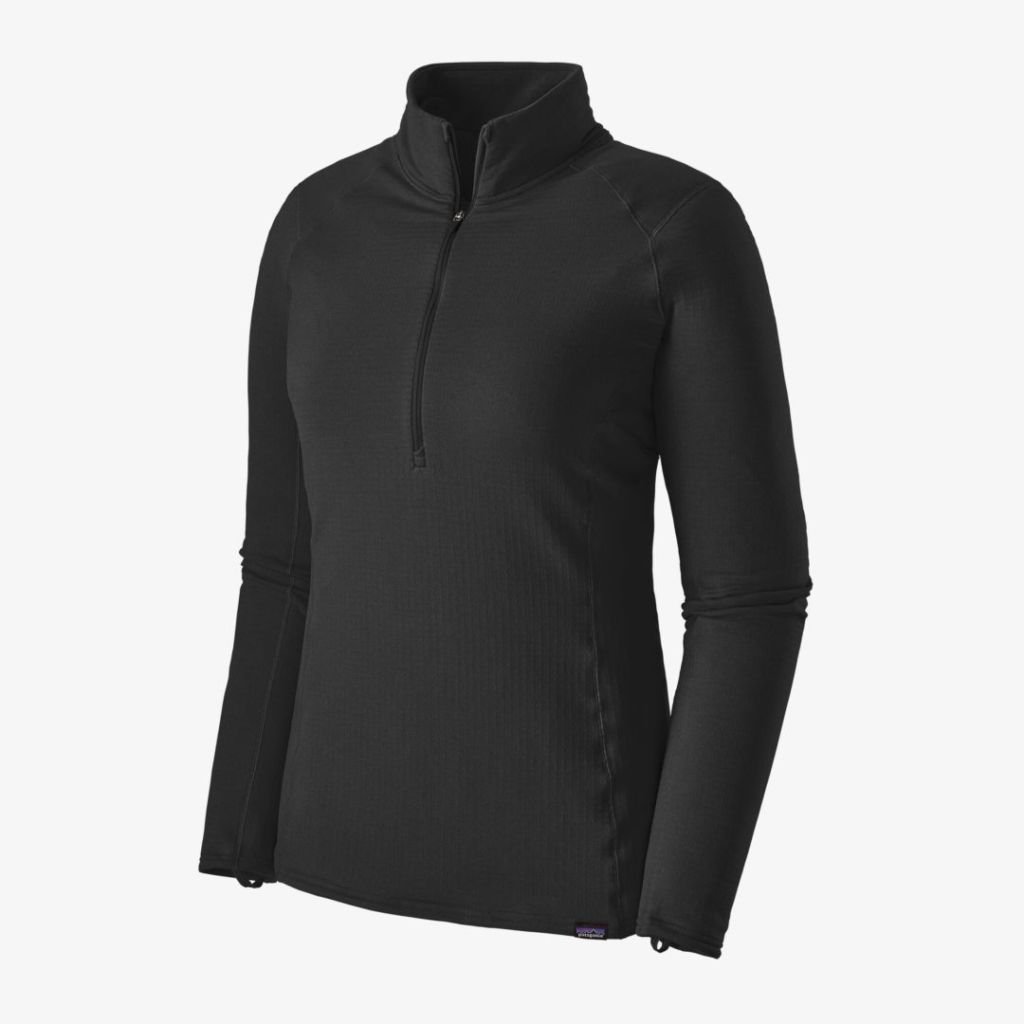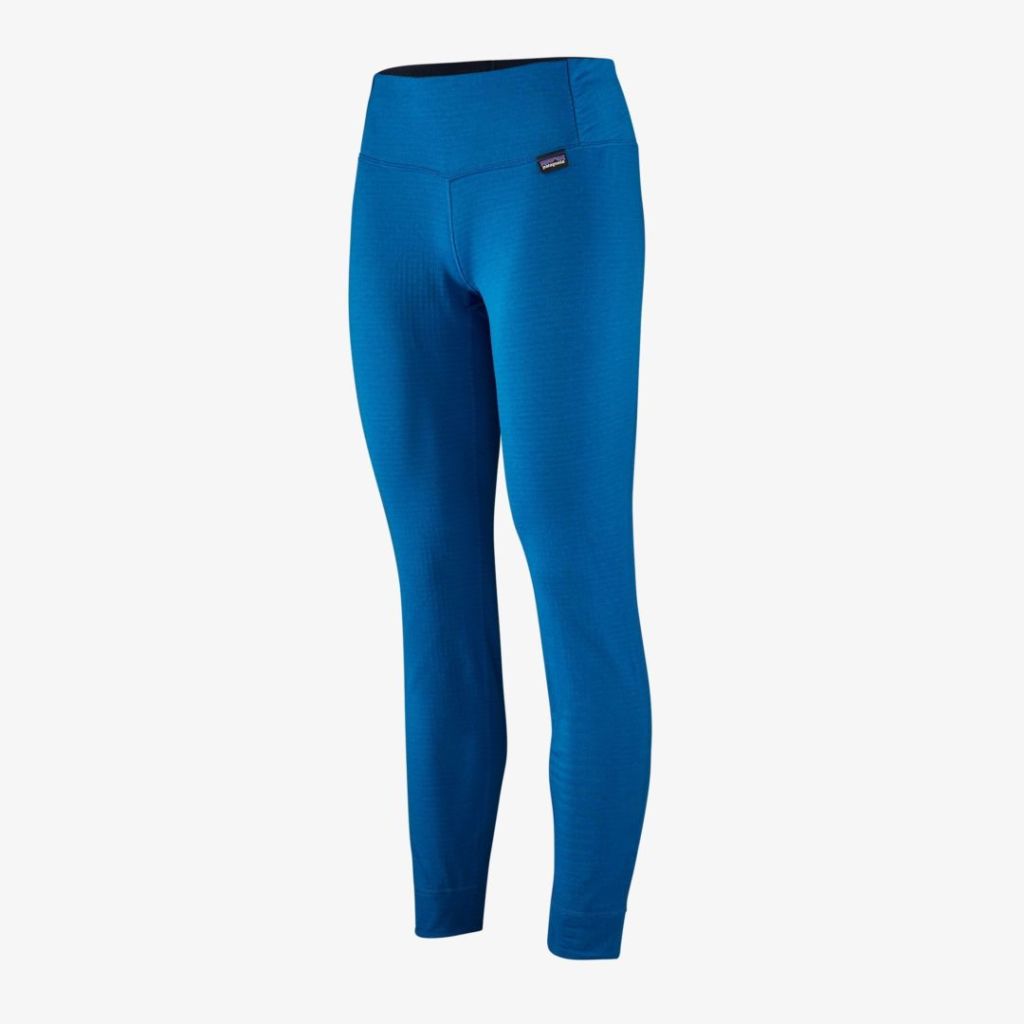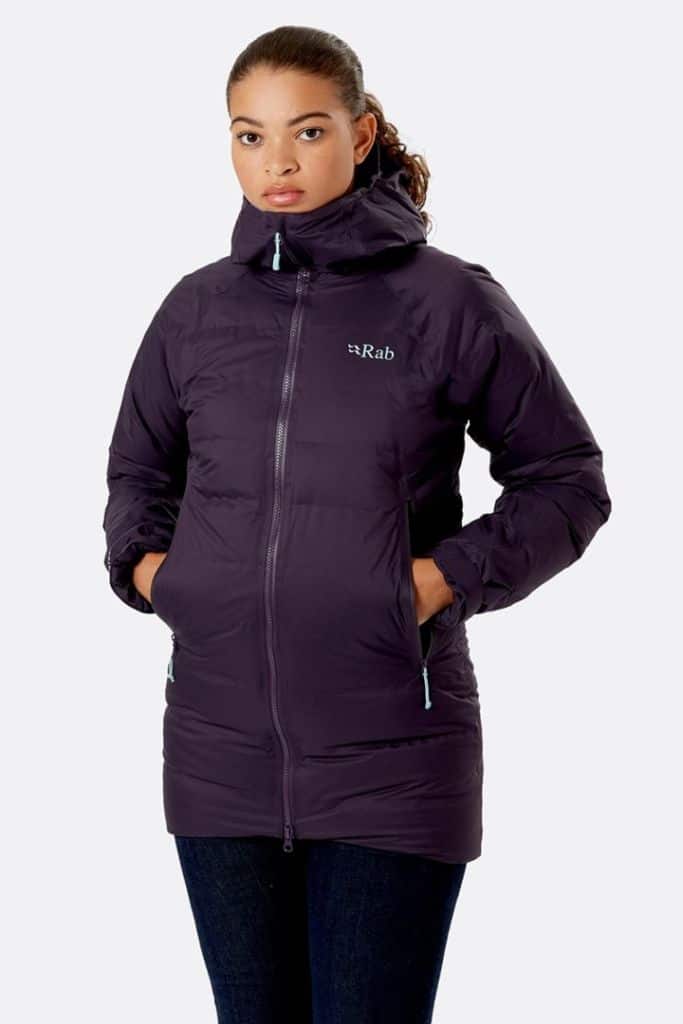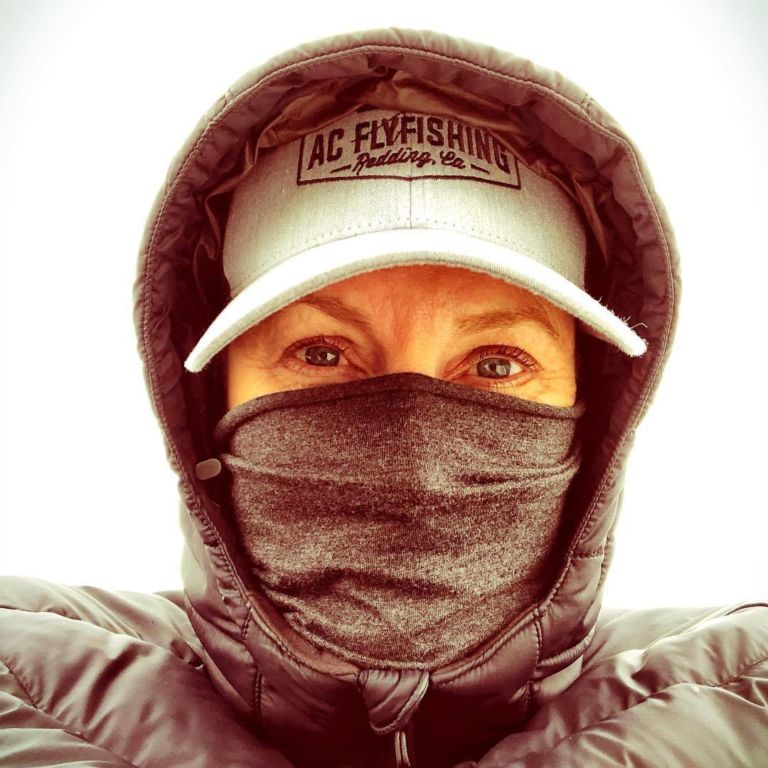Dressing for success
Whether you’re fishing for winter steelhead in the PNW rainforest, chasing redfish in sunny but cold Louisiana, casting size #24 midges to rising fish in Utah or euro nymphing on a snowy Colorado stream; we all need to be dressed for winter success to have an enjoyable time.
We don’t know about you but we HATE to be cold. Nothing makes us crankier faster than cold feet or cold hands. Fishing in the winter can be amazing but only if you have the right equipment. This week Julia Mitchell, UWOTF Regional Ambassador, discusses how to dress for success when fishing in the winter. Follow Julia at @troutgirlca.
Here’s some basics on fishing in the winter weather. It’s all about the layers. To understand layering your clothing for outdoor activities, you need to know the function of each layer:
- Base layer (underwear layer): wicks sweat off your skin
- Middle layer (insulating layer): retains body heat to protect you from the cold
- Outer layer (shell layer): shields you from wind, rain and snow.
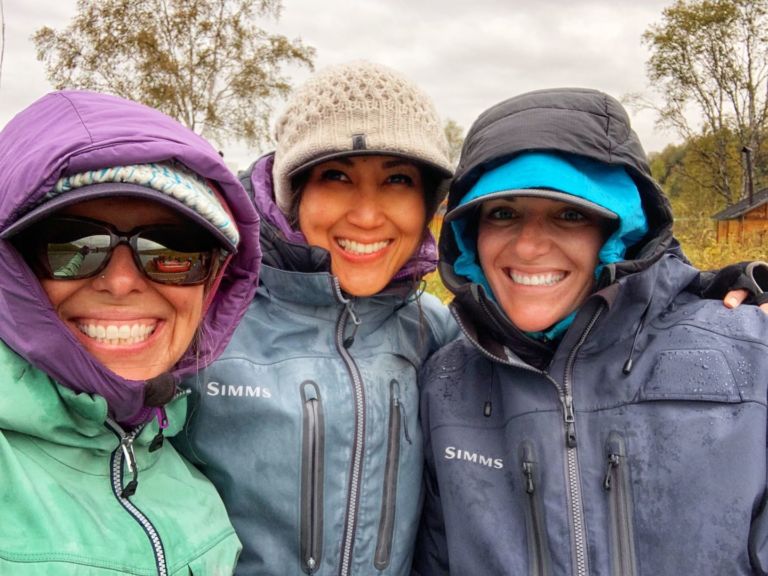
It's s a good idea to take all layers out every outing: You can peel off layers if things heat up, but you can’t put on layers that you didn’t bring with you!
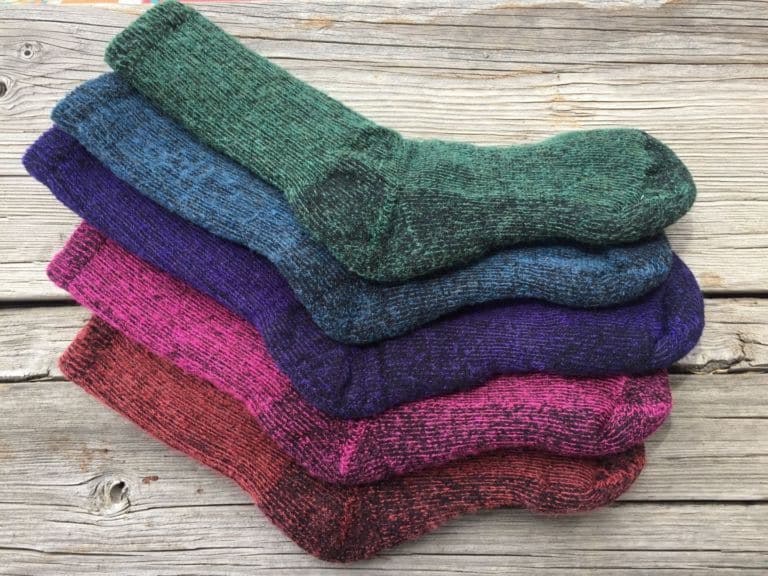
Socks
The two-sock system is ideal for winter fishing. Start with a small, lightweight, 100% synthetic liner sock. These are usually made with some sort of blend of poly, nylon or spandex material. This liner does not insulate but is meant to help wick away sweat.
- Over the lightweight liner, add a heavyweight alpaca, wool or nylon-blended sock to help keep your feet warm.
- At all costs, avoid layers that make your wading boots feel too tight. If your feet barely fit into your boots, you’ll cut off circulation and make your feet as cold as if you weren’t wearing any socks at all.
- If you fish often in the winter, purchase a pair of larger-sized wading boots to accommodate the added bulk. A pair of boot foot waders are also a good winter time option.
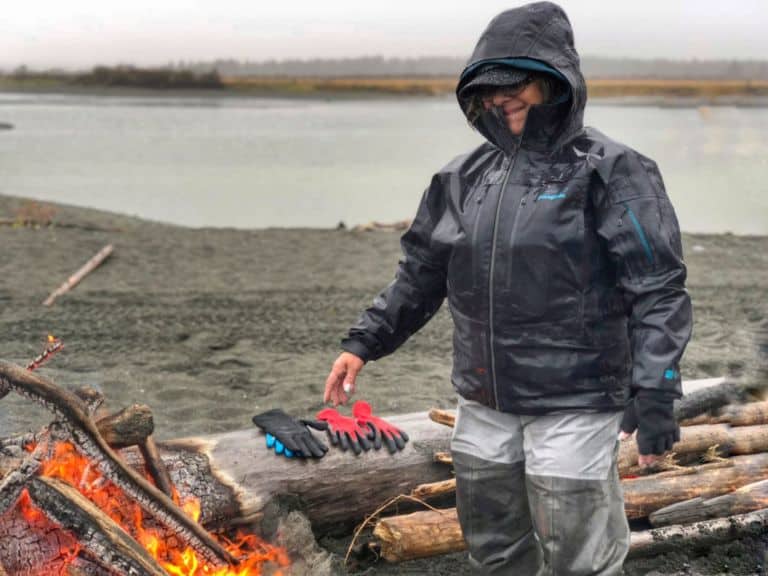
Body and Legs
For your legs and body, follow the same system you’ll use for your sock layering system.
- Stay away from cotton materials.
- Layer first with a lightweight, moisture wicking base layer made of a wool/synthetic blend.
- Over top of the base layer, fleece is a great option for an insulation layer.
- Another insulation jacket over top of your upper body middle layer may be necessary to keep out the cold bite of a blowing wind.
- A wading jacket or wind stopping jacket is a good option to keep a cold wind from knocking down your body temperature.
Pay special attention to the layers that cover your legs and feet. These extremities are the ones that will be immersed in cold water.
- When water temperatures are below 50-degrees, double layering is recommended.
- Water temperatures below 40-degrees demand heavier double layering.
- Two layers of fleece or even three layers are recommended when the water is in the 30’s.
Socks require special attention. Water runs downhill and some of your body perspiration will collect at your feet. This happens less with breathable waders, but can still be a factor. Neoprene booties attached to your waders are insulating but non-breathable, requiring a wicking sock method.
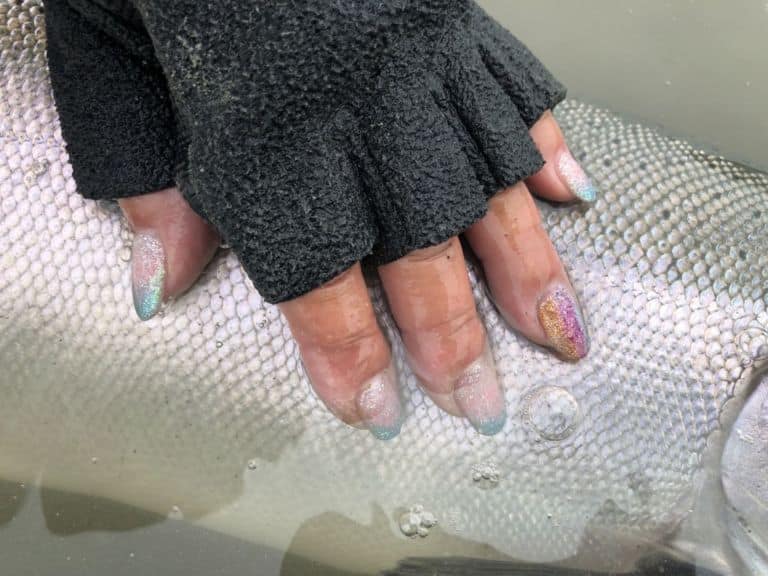
Gloves
Nobody enjoys fishing with gloves on. They can take way your tactile abilities, catch line when casting and add bulk to your experience. But with winter fishing, gloves are pretty much mandatory. So, it’s important to take a look at the different types available.
- 100% Neoprene Gloves
- Your best option for 100% waterproof protection. Neoprene, dive-style gloves are the choice for extreme winter fisherman.
- Neoprene gloves definitely restrict movement and can be a bit cumbersome to cast with. They are downright impossible to tie a fly on while wearing so you’ll have to take them off when re-tying.
- Fingerless or Fold-Over Mitten Option
- The best option for practical fishing use and consistent warmth. Fold over the mitten when you need to tie on a fly, then fold it back over when you’re done.
- Look for fold-over mittens that have Velcro or latch holding systems so the mitten part does not dangle freely. Otherwise you’ll be untangling your fly line from the mitten all day long.
- As much as possible, avoid getting your mittens wet.
- Always carry a spare set of gloves in your pack. If your hands get cold, it’s only a matter of time until you call it quits.
- Insulating or Shell Mittens to Warm Up
- Sometimes you need to just take a break and warm up your hands. Several companies have insulating mittens or shell mittens. These are a very important piece of equipment to have when doing winter activities.
Hats
- You’ll want something with insulating power, so a fleece lined beanie or an insulated hat with fold over ear flaps is a great choice.
- A baseball hat alone might be too cold, so consider placing a warm hat over your baseball hat.
- Go with a 100% wool skullcap or beanies.
- Consider an insulating hat with windstopper technology.
Final Takeaways
- Cotton Kills. If you are able to, try to stay away from cotton in the winter months.
- Bring a FULL change of clothing for every winter adventure. You never know when you or your friend might fall in.
- Dress in Layers. Sometimes two puffies will do the trick!
- Resist the temptation to wear several pairs of socks. Leave room in your boots to allow circulation.
- Bring a cotton hand towel to dry off your hands. Remove your gloves when handling fish for catch and release. Use the towel to dry your hands off before putting on your gloves.
- Try rechargeable hand warmers. Better for the environment and actually work.
- Wear a warm hat over your baseball cap to keep your head warm.


